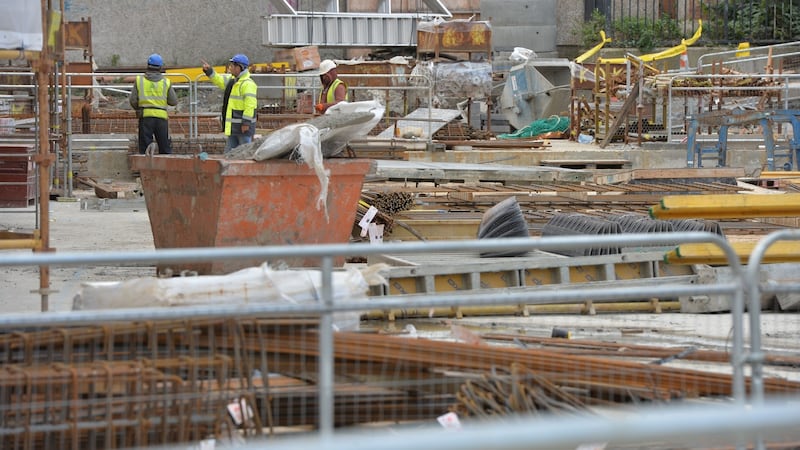When major problems occur, impatience to find a solution is a natural reaction. However, when it comes to the economy, too often we forget that major policy changes take considerable time to roll out, and the economy itself is slow to respond. Building a new factory takes years, closing a factory takes days.
One consequence of the delay in policies taking effect is that governments often avoid blame for crises that occur after they have left office even though their policies were responsible for the outcome.
For example, although the US economic crisis of 2008-10 was attributable to policy failures by the previous Bush regime, the first Obama administration rapidly lost popularity on taking office as a result of the economic dislocation already under way.

An area of public policy particularly prone to delay between policy implementation and delivery is housing. As a result, there has been a repeated cycle where housebuilding collapses because of an economic crisis and, when the economy begins to grow again, a much longer period before housebuilding recovers.
As a result, during the recovery phase of the cycle there is a period of rapidly rising house prices causing a “housing crisis”.
Following the economic disaster of the 1950s, the economy was in recovery mode in the late 1960s. However, only 12,000 to 14,000 houses were being built each year despite a rising population. The consequence was a housing crisis, rising prices, and extensive street protests led by the Dublin Housing Action Committee.
Very slow
While policies were put in place to accelerate building, it was 1973 before the number of houses constructed reached 25,000.
Once the recovery from the present crisis began in late 2013, it was apparent there would need to be a major increase in housebuilding from the 8,000 built in 2013. However, the output response has been very slow. Only 15,000 houses were built in 2016, against a need for 25,000 to 35,000.
As a result, once again there is a housing crisis, with rapidly-rising prices and many people facing major problems finding accommodation.
This time a significant factor was the widespread disbelief that a sustainable recovery was actually under way in 2013. Attention continued to be focused on what might go wrong rather than on the challenges that a rapidly-growing economy would pose for policymakers. There was, thus, a reluctance to commit resources to investment in a better future that might never happen.
If houses could be imported fully built there would not be a problem in rapidly gearing up. Similarly, if building firms operating abroad could rapidly move in, the task would be more limited. However, as in most EU countries, new entrants in building face many difficulties understanding the local practices and local regulatory environment.
Rather like building new factories, expanding the capacity of the building sector takes time. Thus the slow response of building output to the changed economic circumstances should not be a surprise.
Bubble years
In the bubble years builders could borrow large sums of money without having much of their own equity. This greatly facilitated rapid expansion of their capacity to build houses.
However, many of the builders from the boom years have gone out of business. Also, banks today are more sensible, requiring a much greater investment by builders from their own resources. For new builders entering the business today, the environment is, necessarily, more difficult.
There are a range of other factors, such as the limited access to building land, which also hamper new builders or builders wishing to expand. If these problems were addressed it could lead to a more rapid output response.
Over the last few years policies have been put in place to address many of these supply-side issues. With time these policies will produce a substantial expansion in housebuilding. However, it will probably be 2019 or 2020 before output approaches a satisfactory level.
The delayed response by the building sector to the pressing need for more houses means it is likely that we will need a period of higher output in the early years of the next decade. In the meantime house prices and rents could rise above their long-term equilibrium level.
Managing the housing market so that it settles at a sensible level of output with realistic prices will require careful attention by policymakers in the coming years.









